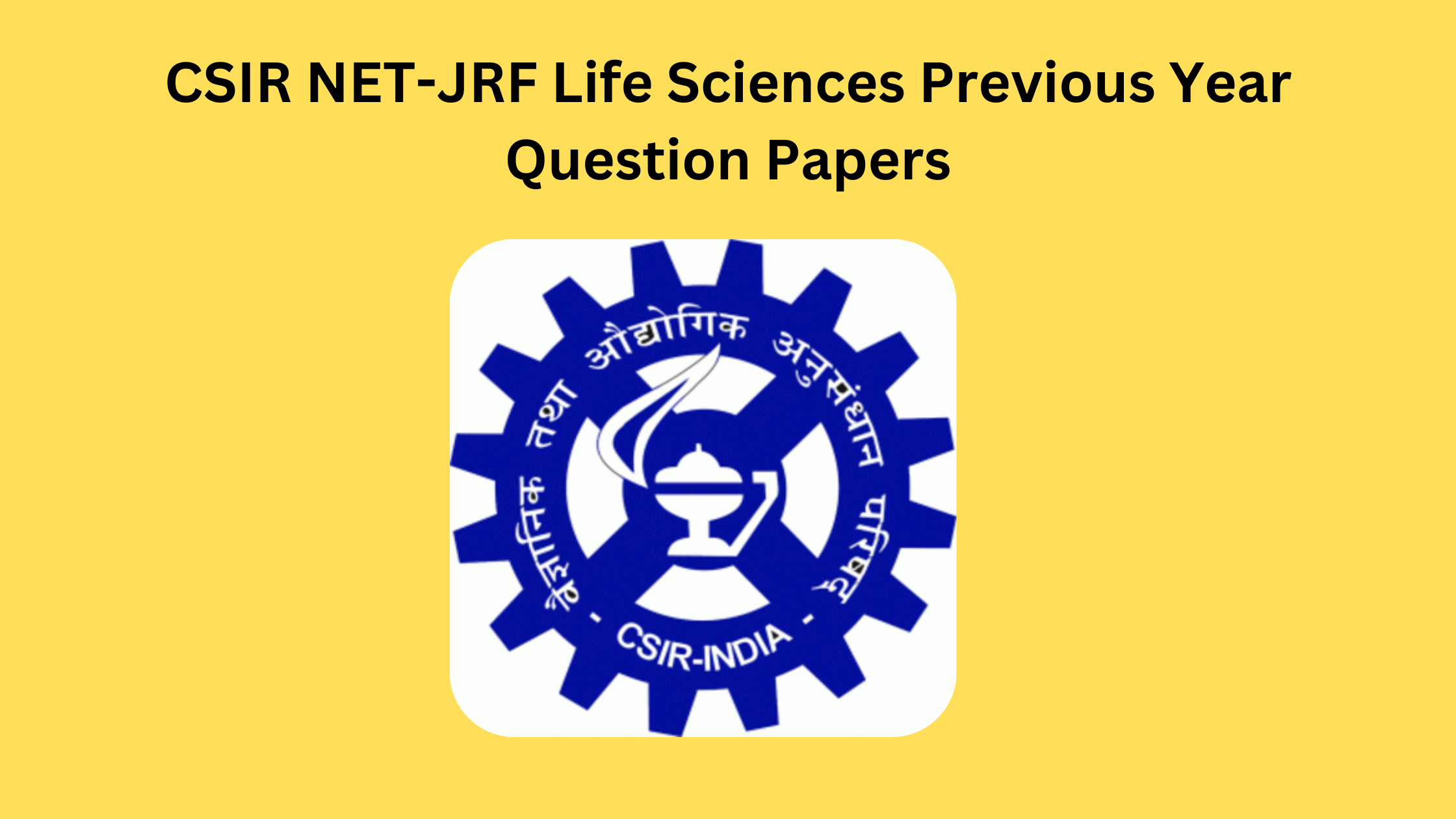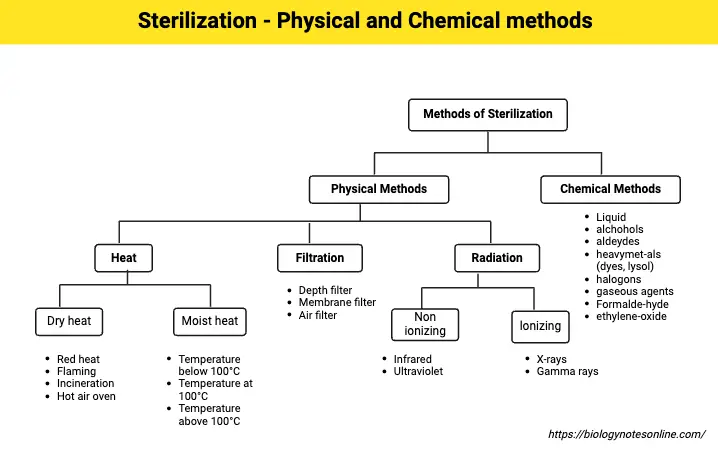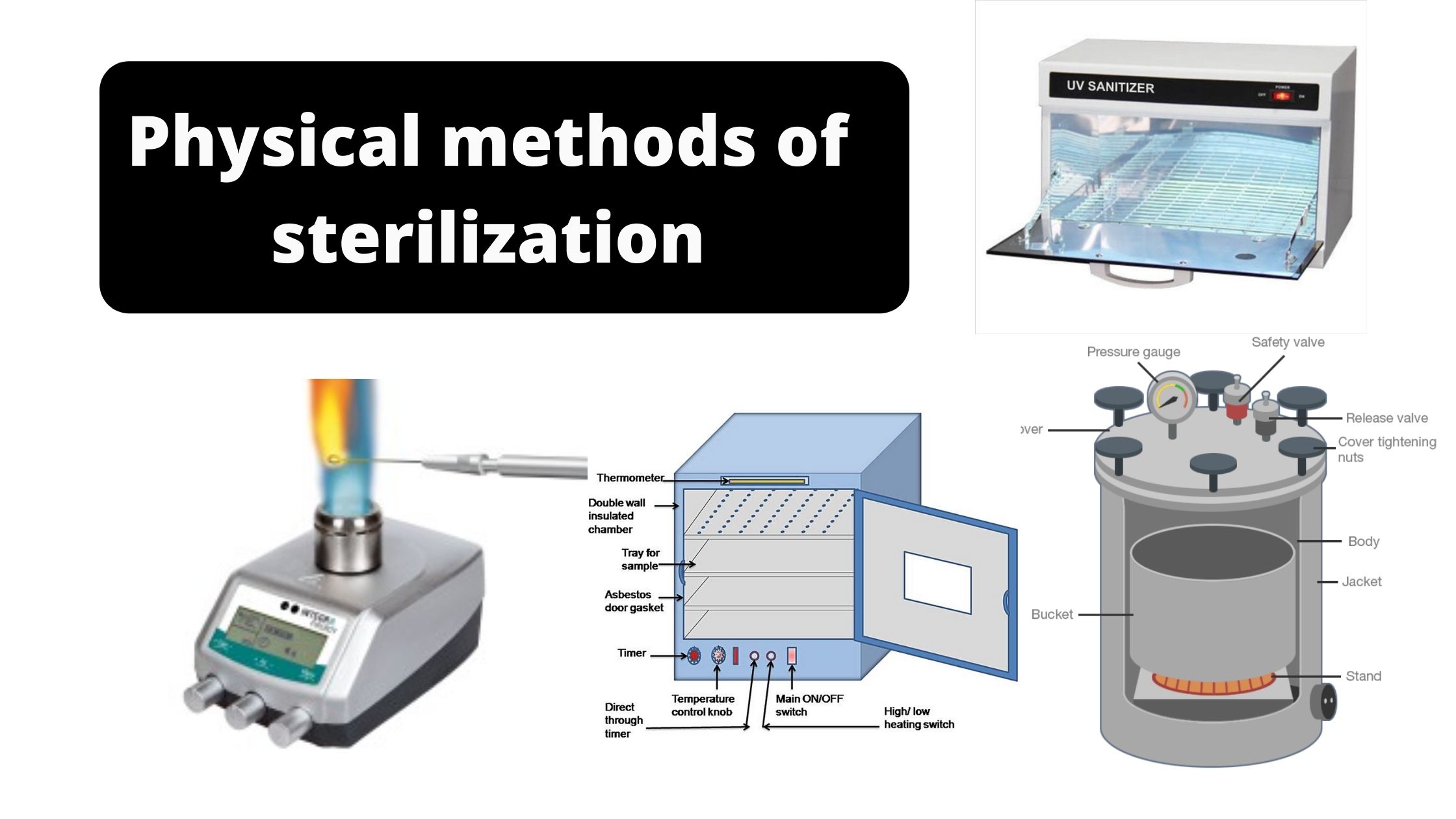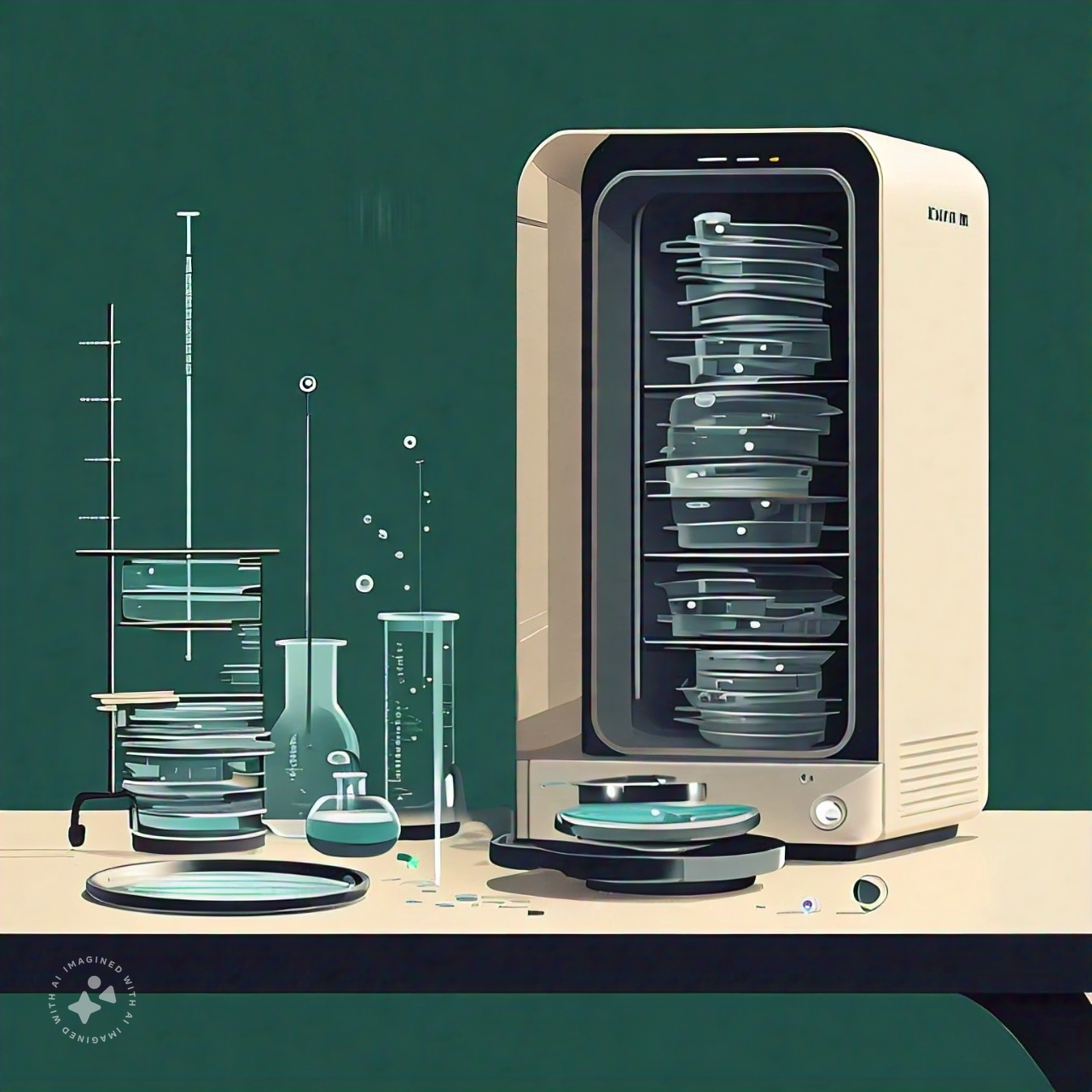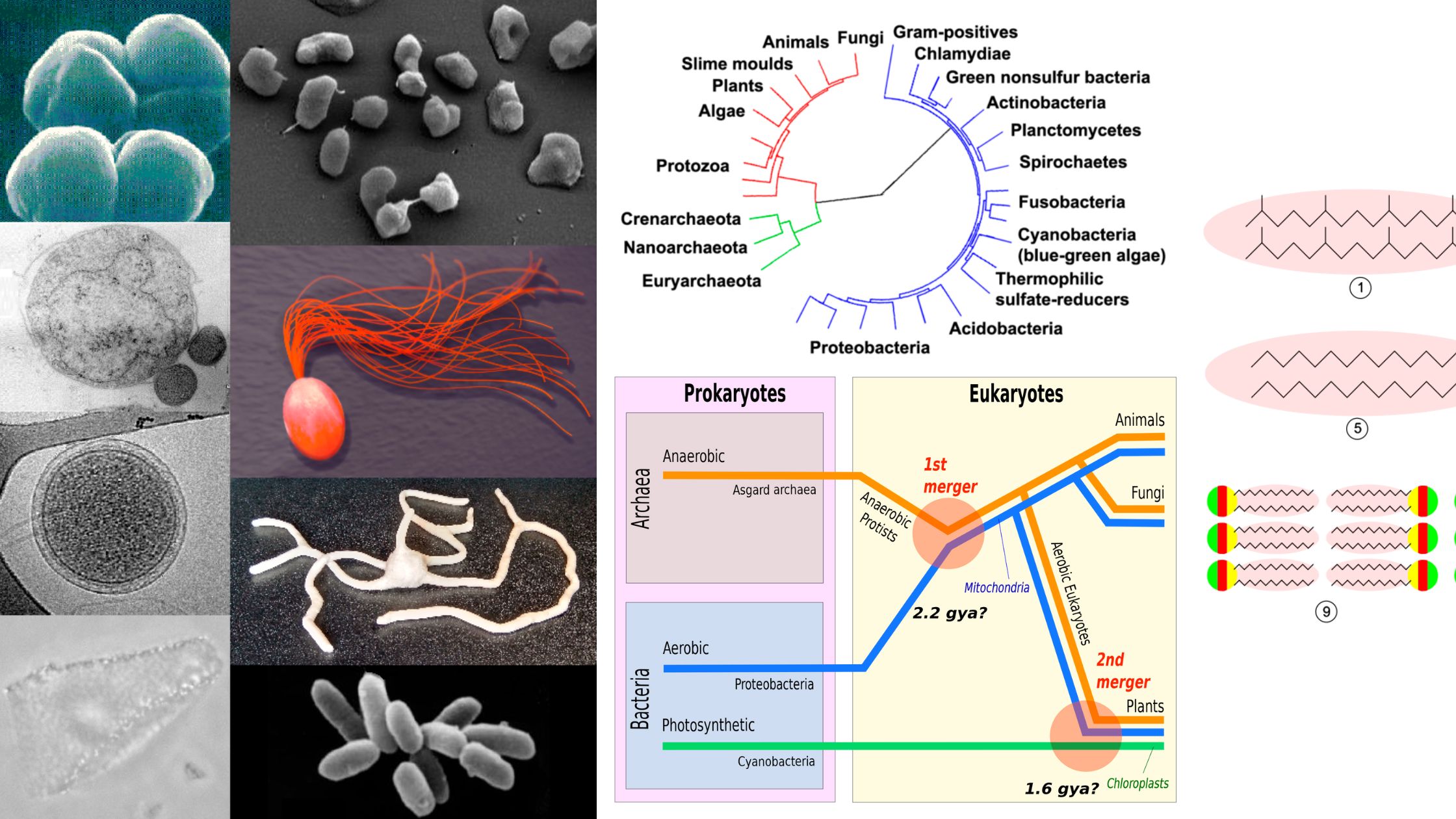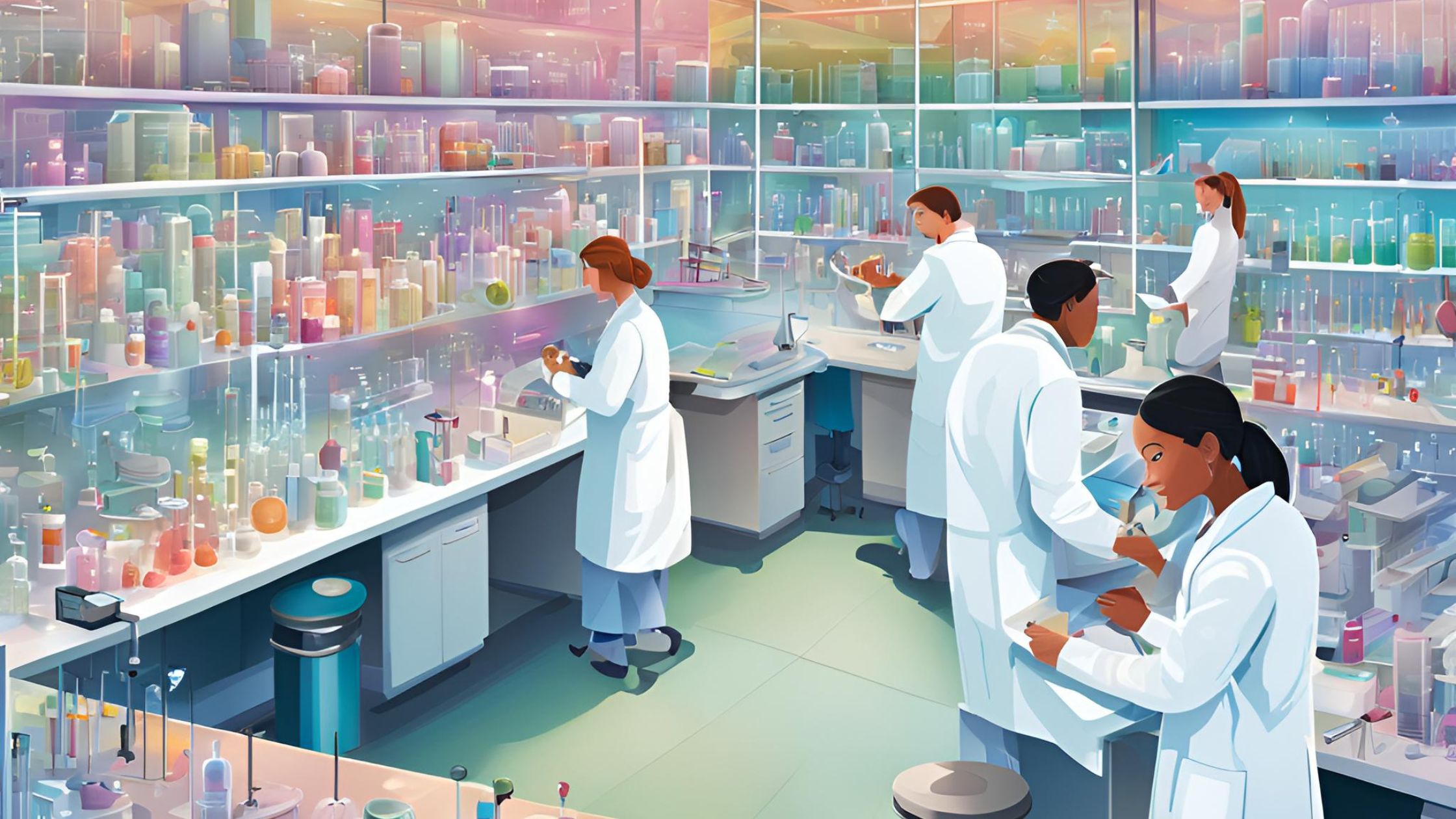CSIR NET-JRF Life Sciences Previous Year Question Papers (2011-2024)
Download CSIR NET-JRF Life Sciences Previous Year Question Papers (2011-2023) Prepare effectively for the CSIR NET-JRF Life Sciences exam with our comprehensive collection of previous year question papers from 2011 to 2023. Access a curated archive of past exams to enhance your study strategy and familiarize yourself with the exam pattern. These question papers are … Read more
